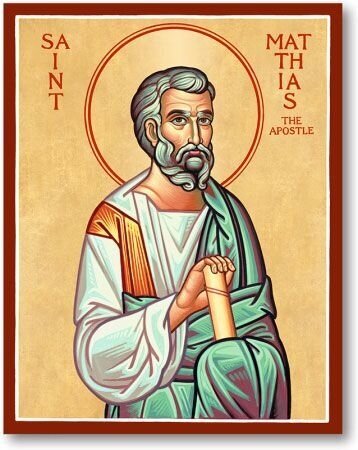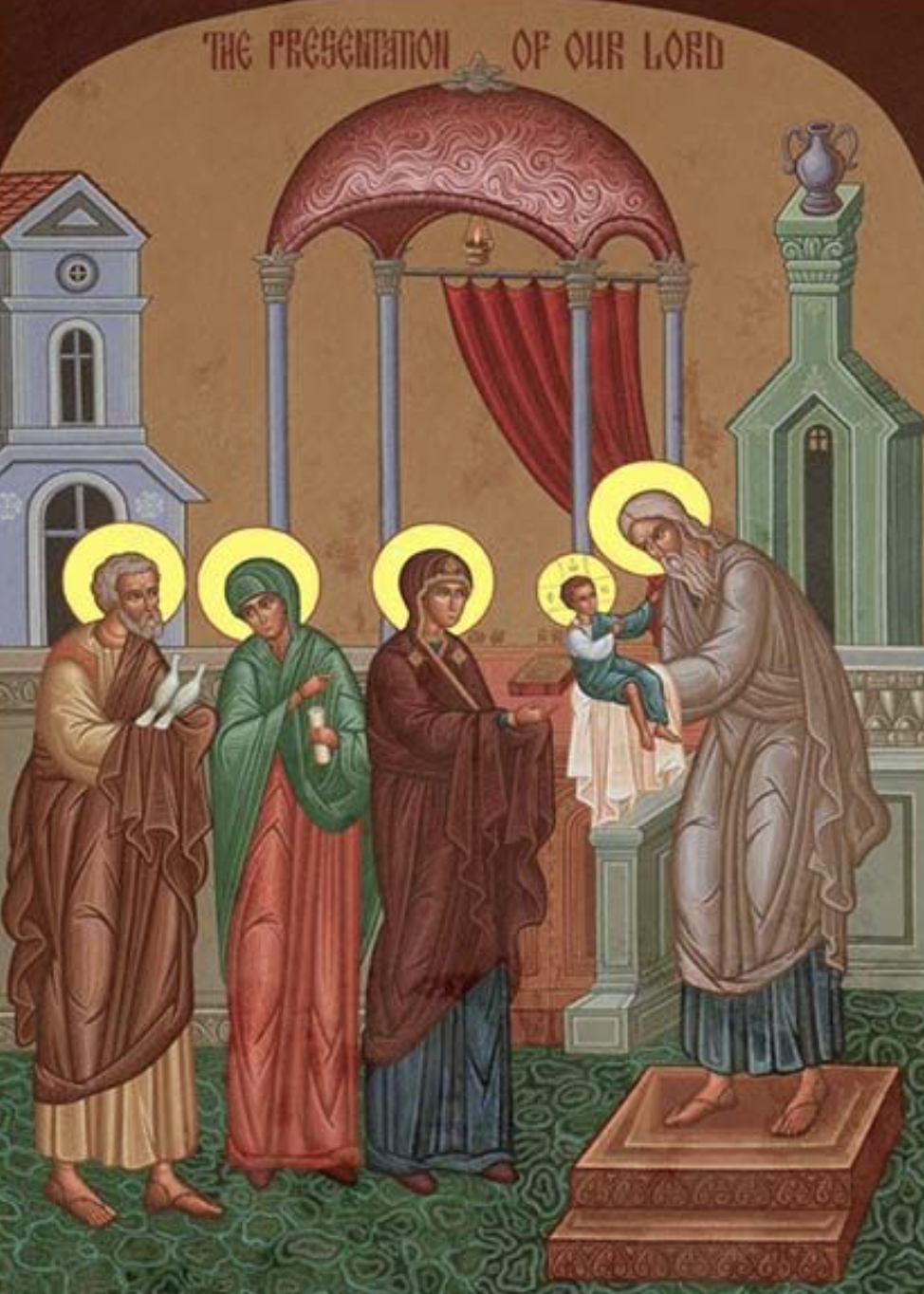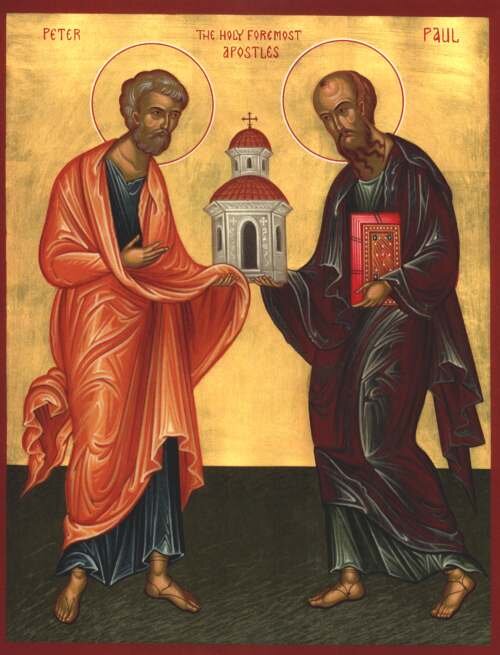(Transferred to April 26)
A disciple of Jesus, named Mark, appears in several places in the New Testament. If all references to Mark can be accepted as referring to the same person, we learn that he was the son of a woman who owned a house in Jerusalem. Mark may have been the young man who fled naked when Jesus was arrested in the Garden of Gethsemane. In his letter to the Colossians, Paul refers to “Mark the cousin of Barnabas,” who was with him in his imprisonment. Mark set out with Paul and Barnabas on their first missionary journey, but he turned back for reasons which failed to satisfy Paul (Acts 15:36– 40). When another journey was planned, Paul refused to have Mark with him. Instead, Mark went with Barnabas to Cyprus. The breach between Paul and Mark was later healed, and Mark became one of Paul’s companions in Rome, as well as a close friend of Peter’s.
An early tradition recorded by Papias, Bishop of Hieropolis in Asia Minor at the beginning of the second century, names Mark as the author of the Gospel bearing his name. This tradition, which holds that Mark drew his information from the teaching of Peter, is generally accepted. In his First Letter, Peter refers to “my son Mark,” which shows a close relationship between the two men (1 Peter 5:13).
The Church of Alexandria in Egypt claimed Mark as its first bishop and most illustrious martyr, and the great Church of St. Mark in Venice commemorates the disciple who progressed from turning back while on a missionary journey with Paul and Barnabas to proclaiming in his Gospel Jesus of Nazareth as Son of God, and bearing witness to that faith in his later life as friend and companion to the apostles Peter and Paul.























